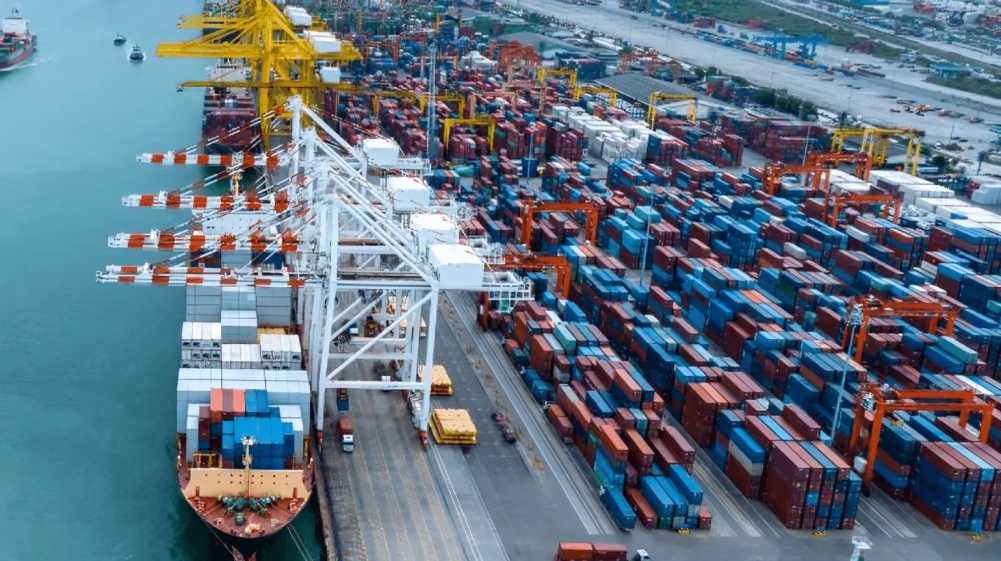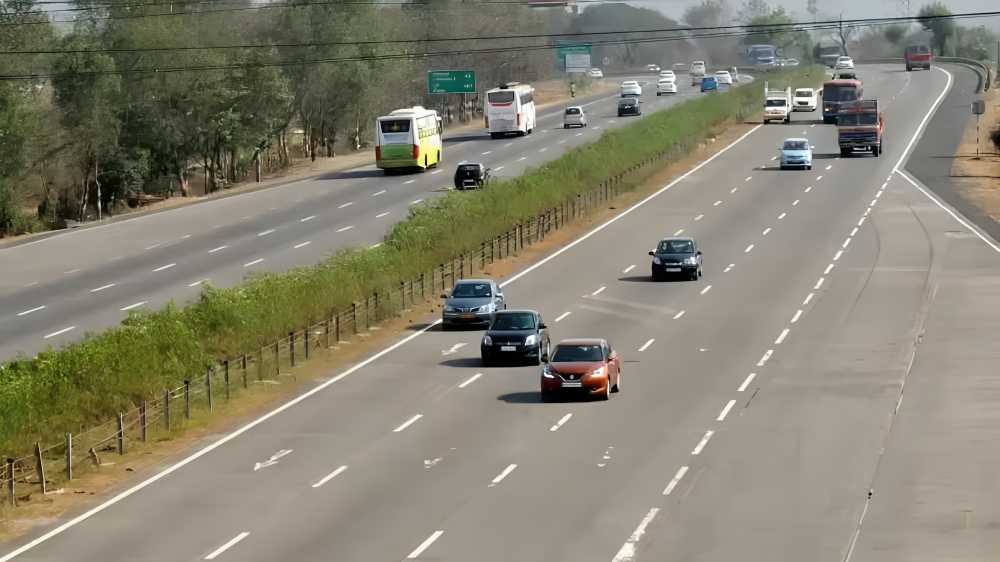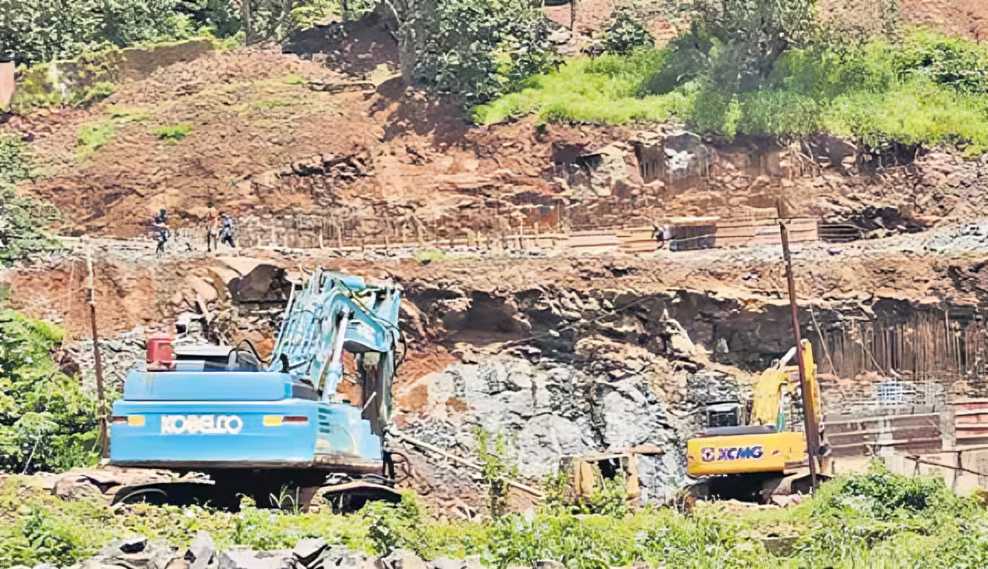November 01, 2025: India’s expanding network of bridges and tunnels is not only improving travel but also transforming real estate dynamics nationwide. From Mumbai’s coastal highways to Srinagar’s tunnels, these engineering marvels are connecting isolated regions to new opportunities, reshaping how and where people live, work, and invest.
For years, real estate value in India hinged on proximity to urban centres. That equation is shifting as connectivity projects redefine accessibility. The recently completed Atal Setu (Mumbai Trans Harbour Link) has cut travel time between Mumbai and Navi Mumbai to under 20 minutes, sparking property interest in Ulwe, Panvel, and nearby nodes. Developers are launching mid- and premium-segment projects targeting professionals seeking larger homes at lower prices while staying connected to the city’s core.
“Infrastructure is the backbone of real estate,” says Anuj Puri, Chairman of ANAROCK Group. “Every major bridge or tunnel becomes a growth corridor. It creates access, improves land values, and encourages both residential and commercial development.”
This pattern is evident across India. The Zoji La Tunnel in Jammu and Kashmir—set to become Asia’s longest by 2026—will ensure all-weather connectivity between Srinagar and Leh, driving tourism and investment. Similarly, Kerala’s Ayamkadavu Bridge and the new Pamban Bridge in Tamil Nadu are linking remote coastal and hill regions to urban markets.
Projects like the Bogibeel Bridge in Assam, the Dwarka Expressway in Delhi-NCR, and Pune’s Shivaji Nagar–Hinjewadi Metro Link are already catalysing growth by turning peripheral areas into thriving hubs.
Experts describe this as India’s “connectivity curve”—where infrastructure sparks real estate demand, which in turn leads to the creation of schools, businesses, and healthcare facilities. As India accelerates its infrastructure push, these bridges and tunnels will continue to define not just mobility, but the geography of opportunity.
Source: Realty Plus





